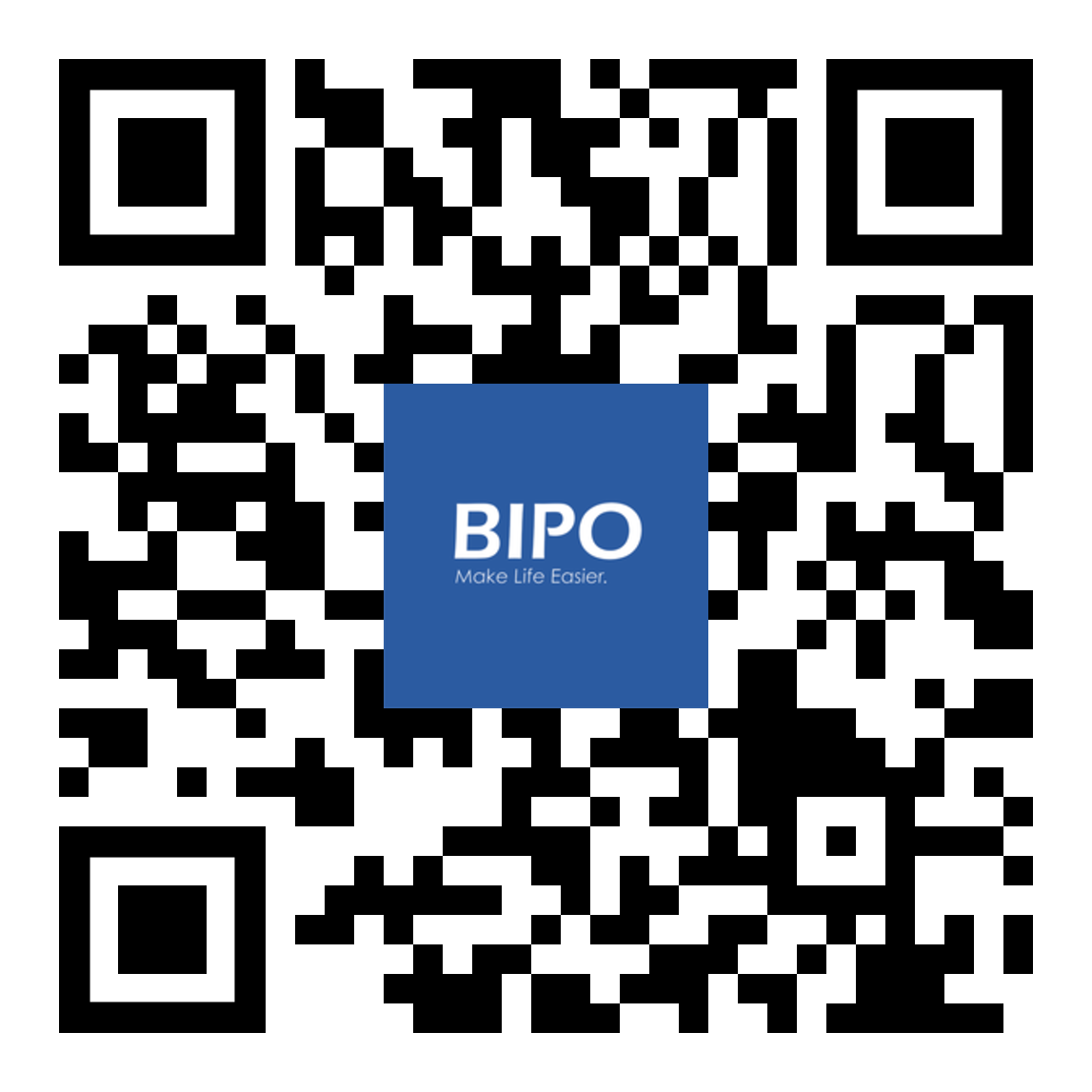Organizations face numerous challenges when it comes to managing their human resources (HR) effectively. Manual HR processes are time-consuming, prone to errors, and often inefficient. However, there is a solution: implementing a robust HR management system (HRMS). An HRMS is a software application designed to streamline and automate various HR tasks, making HR processes more efficient and enabling organizations to focus on strategic initiatives. In this blog post, we will delve into the definition, key features, and benefits of using an HRMS, as well as provide guidance on how to choose the right system for your organization’s unique needs.
What is an HR Management System?
An HRMS, also known as a Human Resources Information System (HRIS) or Human Capital Management (HCM) system, is a software solution that integrates multiple HR functions into a centralized platform. It serves as a digital repository for employee data, automates routine HR tasks, and provides real-time access to critical HR information. HRMS platforms typically include modules for core HR processes such as employee onboarding, attendance and time tracking, payroll management, benefits administration, performance management, training and development, and more.
Benefits of Using an HRMS:
- Increased Efficiency: An HRMS automates manual HR processes, eliminating the need for paperwork and reducing administrative burden. It enables HR professionals to complete tasks more efficiently, saving time and allowing them to focus on more strategic initiatives.
- Enhanced Data Accuracy: Manual data entry is prone to errors, which can lead to costly mistakes. An HRMS minimizes human error by centralizing employee data, ensuring accuracy and consistency across the system. It also provides data validation and security features to protect sensitive employee information.
- Improved Employee Self-Service: An HRMS often includes a self-service portal that empowers employees to access and manage their own HR-related information. Employees can update personal details, view pay stubs, request time off, enroll in benefits, and access company policies and resources, reducing reliance on HR staff and fostering a culture of self-sufficiency.
- Streamlined HR Processes: By automating routine HR tasks, an HRMS simplifies and streamlines processes such as employee onboarding, performance appraisals, leave management, and benefits administration. This leads to greater operational efficiency, faster turnaround times, and improved employee satisfaction.
- Compliance and Reporting: With ever-changing employment laws and regulations, ensuring compliance is a critical HR responsibility. An HRMS helps organizations stay compliant by automating compliance-related processes, generating accurate reports, and providing audit trails. It also facilitates compliance with data privacy regulations, such as the General Data Protection Regulation (GDPR).
- Data-Driven Decision-Making: An HRMS provides powerful reporting and analytics capabilities, enabling HR professionals and organizational leaders to gain insights into workforce trends, performance metrics, and talent development opportunities. Data-driven decision-making can help optimize HR strategies, improve employee engagement, and drive business outcomes.
Choosing the Right HR Management System:
- Assess Your Organization’s Needs: Identify the specific HR challenges and pain points your organization faces. Consider factors such as company size, industry, current HR processes, and anticipated future growth. This assessment will help you determine the key features and functionalities required in an HRMS.
- Conduct a Thorough Vendor Evaluation: Research and evaluate different HRMS vendors based on factors such as reputation, customer reviews, scalability, integration capabilities, user-friendliness, security measures, and customer support. Request product demonstrations and take advantage of trial periods to ensure the system aligns with your organization’s requirements.
- Consider Integration Capabilities: Assess the HRMS’s ability to integrate with existing software systems, such as payroll, time and attendance, and recruitment platforms. Seamless integration eliminates data silos, improves data accuracy, and enhances overall system efficiency.
- Scalability and Future-Proofing: Choose an HRMS that can scale with your organization’s growth and evolving HR needs. Consider features like multi-country and multi-language support, flexible customization options, and the vendor’s commitment to product updates and enhancements.
- User-Friendly Interface: An intuitive and user-friendly interface is crucial for widespread adoption and user satisfaction. Ensure the HRMS offers a modern and easy-to-navigate interface, with features like mobile accessibility to accommodate remote or mobile workforce requirements.
Implementing an HRMS can revolutionize the way your organization manages its human resources, providing numerous benefits such as increased efficiency, enhanced data accuracy, improved employee self-service, streamlined processes, compliance, and data-driven decision-making. Digitalise your HR processes and increase productivity. Contact BIPO for a free demonstration of our award-winning HR management system.






























